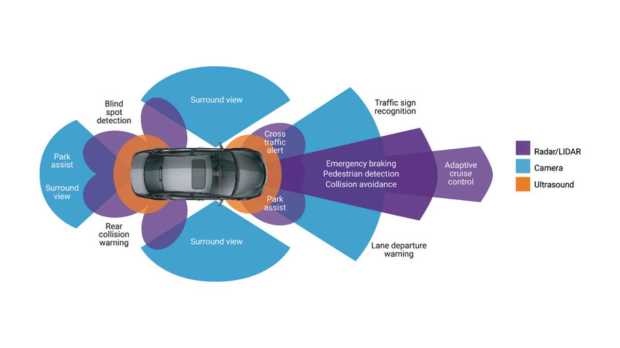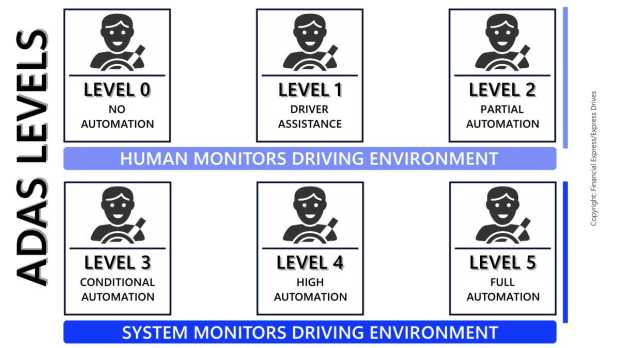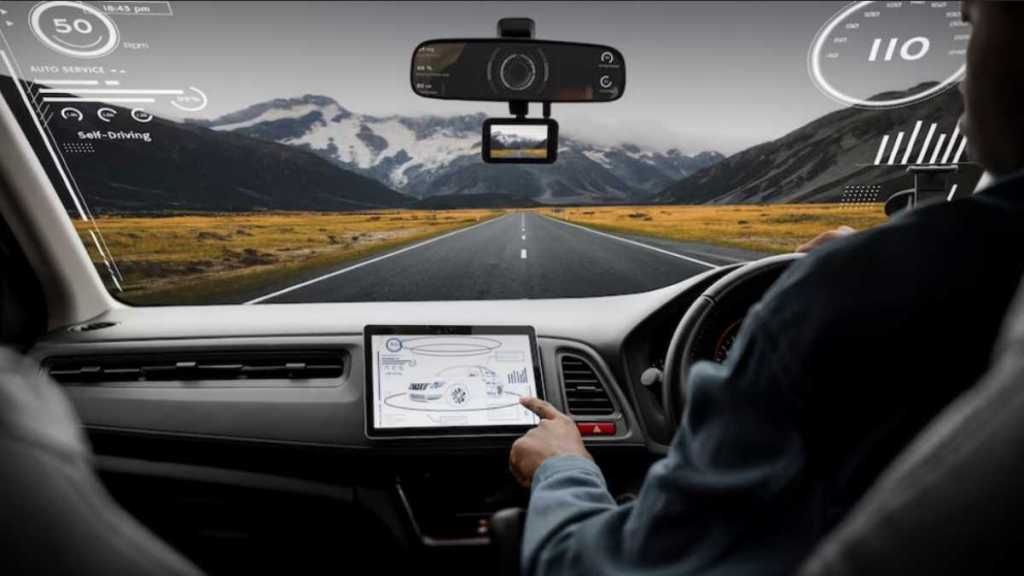ADAS or Advanced Driver Assistance Systems is an increasingly common terminology used with new vehicles such as the Mahindra XUV700, MG Astor, Tata Safari, and the upcoming Hyundai Verna. While most know ADAS as a safety feature, only a few know how it works and what features are part of the entire ADAS system.
Also, the ADAS feature itself is categorised into five stages depending on the level of safety it provides. Let’s get to know more about the ADAS system, what technology it consists of, and why such safety features are important.
ADAS – What is it?

Advanced Driver Assistance Systems is a cluster of safety technology that uses radars and cameras to help prevent accidents. These systems could either warn the driver or, if necessary, automatically take action. The ADAS system aims at preventing accidents and keeping the occupants of the car and pedestrians safe. Unlike airbags and seatbelts that work after a crash to keep occupants safe, the ADAS system works beforehand to prevent accidents.
What does ADAS consist of?
As mentioned before, ADAS consists of a cluster of features such as pedestrian detection/avoidance, lane departure warning/correction, traffic sign recognition, automatic emergency braking, and blind spot detection. The car uses multiple algorithms to process data and avoid accidents.
Modern cars with ADAS also consist of features such as adaptive cruise control, automatic headlight dimming, navigation, driver drowsiness detection, rear and front cross-traffic alert, and in some cases, even automatic valet parking.
Different levels of ADAS

ADAS comes in different levels, from 0 to 5. Level 0 is when there’s no automation and the driver does all the work such as steering, braking, acceleration, etc. ADAS Level 1 features a single automated system like the car monitoring the speed through cruise control. ADAS Level 2 features partial automation for acceleration and steering, while the driver can take control at any time. The three levels mentioned above rely solely on the driver to monitor the environment.
ADAS Level 3 features conditional automation with environmental detection capabilities and the car can do most of the driving tasks, however, human override is still required. ADAS Level 4 features a high level of automation with the car capable of doing all the driving tasks. In Level 4, human intervention becomes optional. ADAS Level 5 is fully automated where zero or no human intervention is required at all.




















